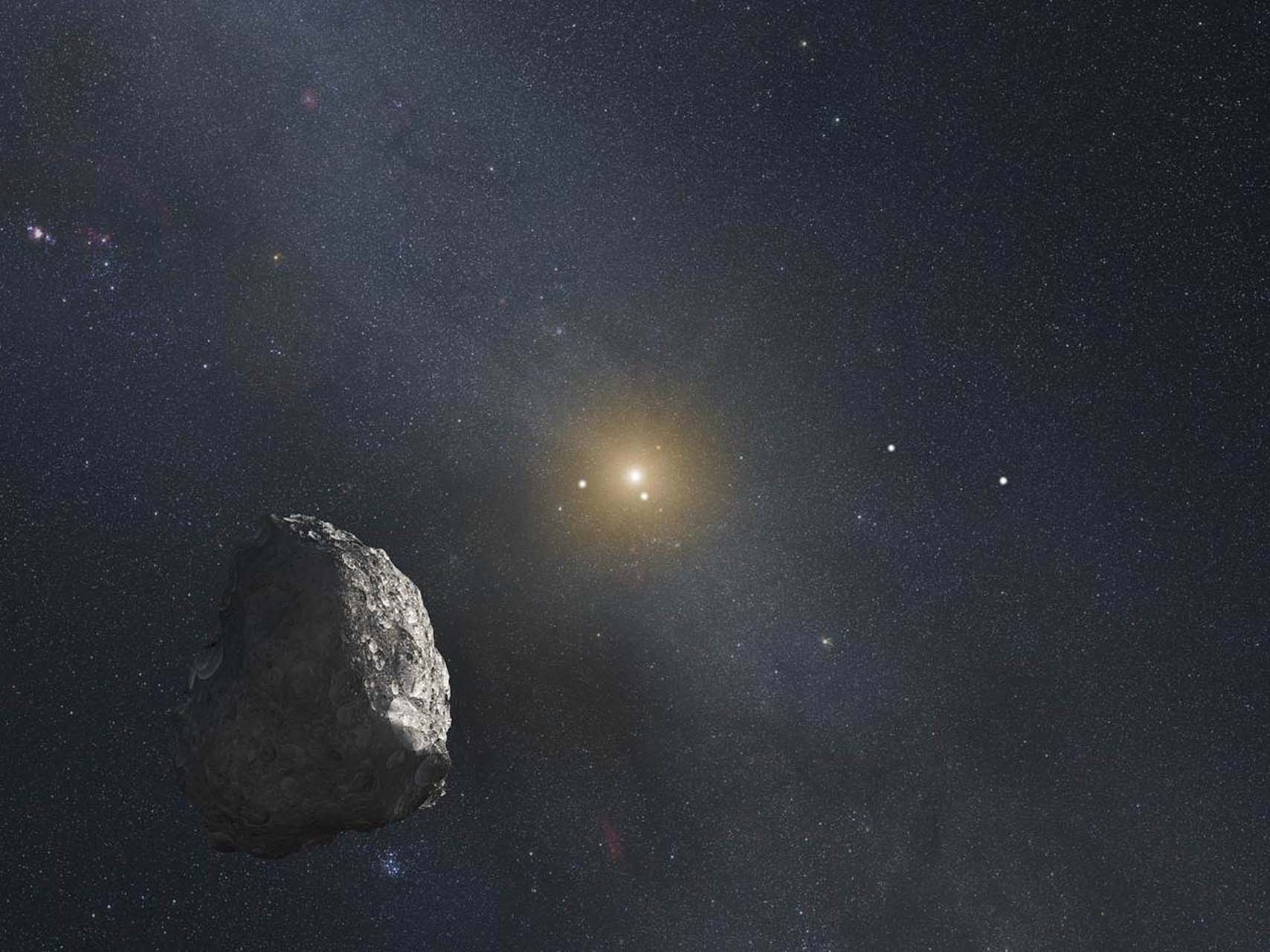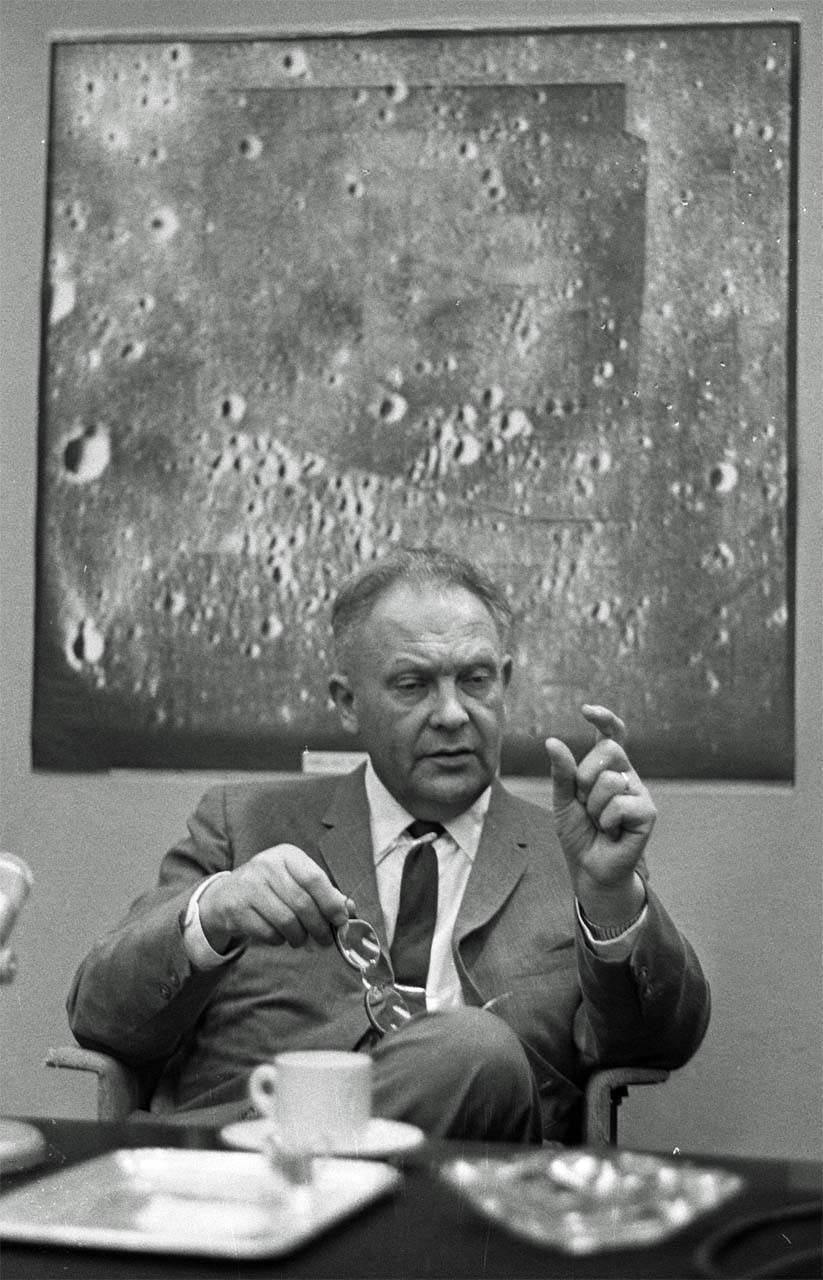Beyond Pluto

After leaving Pluto, the New Horizons spacecraft will explore a region of space known as the Kuiper Belt. This region of small, icy bodies is of great scientific interest because Kuiper Belt Objects (KBOs) are over 4 billion years old and may provide valuable information about the origin of the solar system. Most short-period comets, comets with an orbital period less than 200 years, are believed to originate in the Kuiper Belt.

The Hubble space telescope has identified 3 KBO candidates that fall within the fuel range of the New Horizons spacecraft. All three potential candidates have a diameter in the range of 20–55 km (12–34 miles). NASA chose a KBO nicknamed Ultima Thule as the best candidate from among the three options after the Pluto flyby in 2015. The spacecraft engines fired for the final time in the fall of 2015 and provided the required trajectory correction. The selected KBO candidate will then be visited by the New Horizons spacecraft in a flyby on January 1, 2019.
Naming the Kuiper Belt

The Kuiper Belt is named in honor of American astronomer Gerard Kuiper (1905–1973). Kuiper had many scientific accomplishments including the discovery of Neptune’s satellite Nereid, the discovery of Uranus’ satellite Miranda, the discovery of carbon dioxide in the atmosphere of Mars, the identification of lunar landing sites for the Apollo space program, and the discovery of several binary stars.
